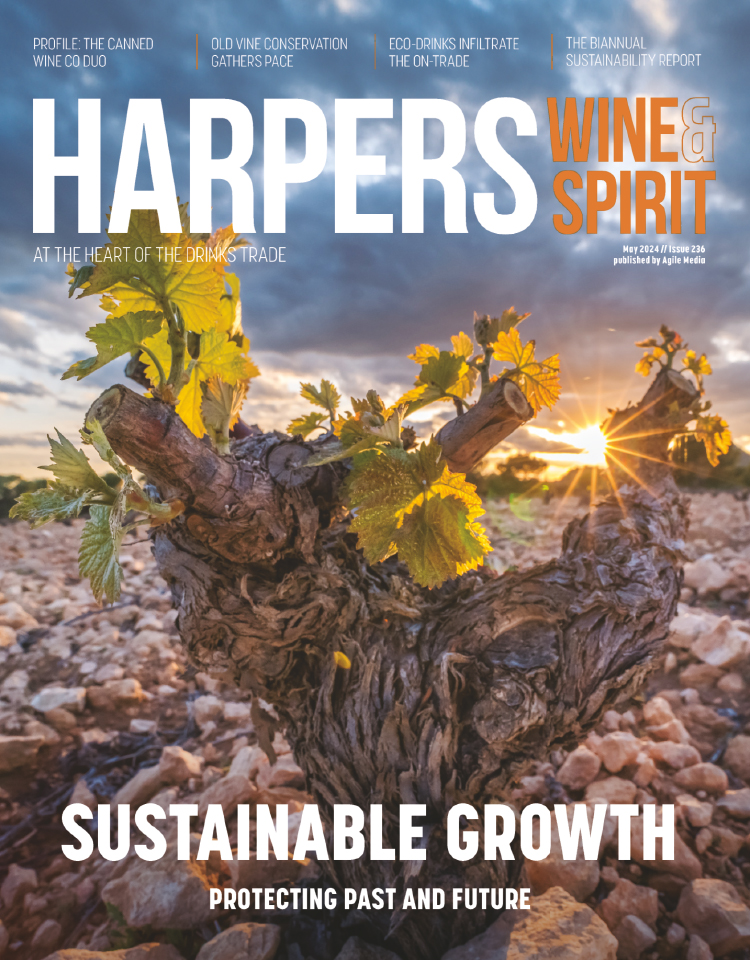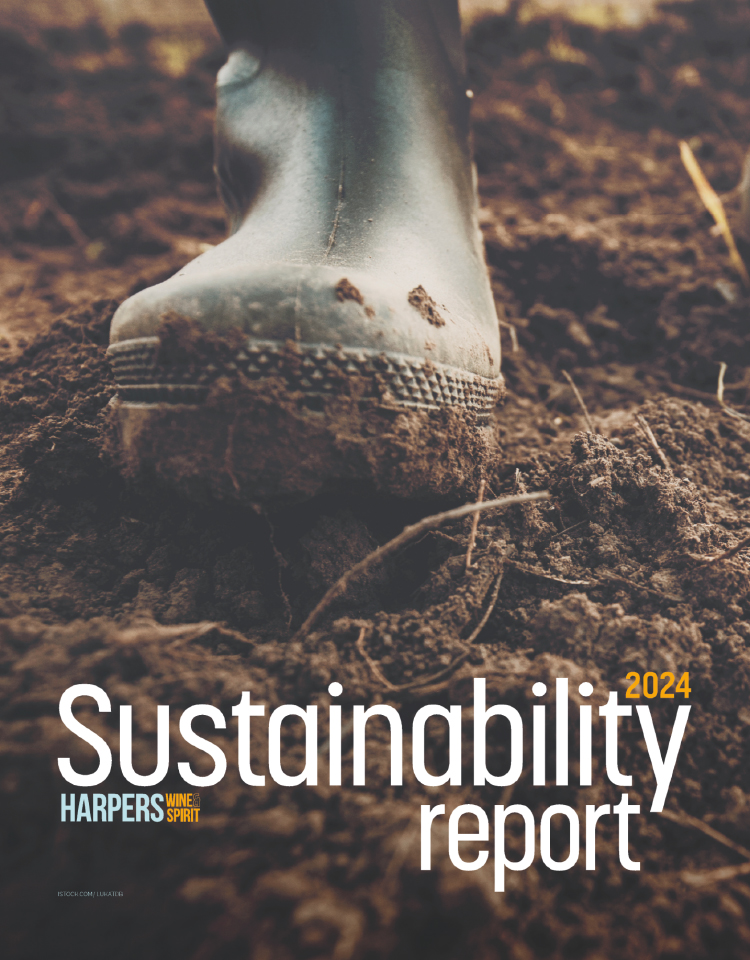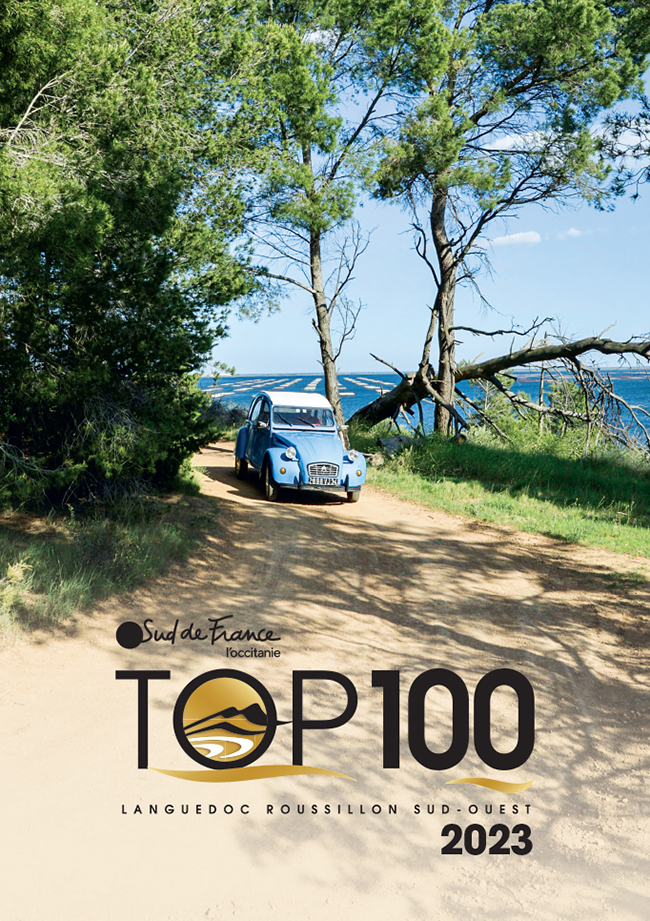
Alternative varieties and affordable luxury among key trends revealed in Jascots on-trade report
Jascots new On-trade Trends Insights Briefing hinted at 'peak SB', while revealing the rise of alternative varieties by-the-glass and opportunities for premium sparkling beyond Prosecco
Leading UK on-trade supplier Jascots most recent Insights Briefing at its London trade tasting on 26 January highlighted a fast evolving on-trade wine scene, pinpointing many potential and developing trends including the possibility of a wane in popularity of Sauvignon Blanc, especially at the higher end.
Based on the company's latest on-trade survey, analysing 240 restaurants and logging some 18,640 wines from 42 countries of origin between November 2016 and January 2017, the results found that Old World countries are still way ahead, accounting for 73% of listings, with France leading Italy (+4%) and Spain (-2%), and Australia in fourth place.
However, South America was identified as the strongest growth area, with Argentina sales up +10% and Chile by +21%, albeit from a smaller base.
Rhone varieties, such as Carignan, Syrah and Grenache Syrah blends are also challenging the supremacy of Bordeaux grapes such as Merlot, Cabernet Sauvignon and traditional blends of the two.
The sample described what Jascots host and managing partner Miles MacInnes called "an explosion of wines by the glass... driving profitable sales", which is "allowing consumers to reach otherwise difficult to reach wines while also being good for the operator as well", opening up a dialogue with customers and also being good for margin.
Reduction in list lengths - typically 10% across the sector - coupled with the rise of informal and more casual quality dining outlets, is helping drive this opening for 'alternative' varieties and styles.
"Food and wine matching has been done to death - it's about giving people choice," said Jon Kleeman, head sommelier of Social Eating House, who joined panellists Anne Krebiehl MW and Pidgin restaurant co-owner James Ramsden at the presentation.
"People that visit trendy places tend to have an open mind [and] anyone that doesn't exploit that is an idiot," was Kleeman's forceful conclusion on introducing greater choice by-the-glass.
Equally revealing, were the trends developing both across the 300+ varieties tracked by the research.
With whites, Chardonnay, in all its Old and New World guises, remains the firm number one at the premium £50 to £100 level, up +14%, with sales of Sauvignon Blanc down -8%.
Across the board, though, "foodie whites" such as Viognier, along with Albarino, Picpoul, Cortese and Verdelho, are fast growing - all well into double figures - presenting versatile, food friendly and interesting options for staff and customers alike.
Of the top 15 reds, Pinot Noir remains the number one choice, but with Gamay fast growing, up 44%, and Grenache up +27%, plus Mediterranean grapes such as Carignan and Mourvedre well into double figure growth.
On the rise of popularity and potential for 'new' varieties and regions, Jascots head of buying Adam Porter cited comments by Jancis Robinson, saying "super-classic fine wine regions have realised most of their potential, others have peaked", adding "these others [regions and varieties] offer good value".
With sparkling wine, the major story pits Champagne against English sparkling wine, with Champagne's well-documented dip in the on-trade accounting for a -14% fall in sales among those surveyed, Italy (primarily Prosecco) static at 0% growth, while English sparkling is galloping along, up +27%.
The session also highlighted signs that consumers are increasingly willing to move beyond Prosecco to more premium and alternatively-sourced sparkling styles.
With regard to customer understanding of alternative and new wines, James Ramsden, who lists just three whites and three reds on a weekly changing list at his Michelin star restaurant, brushed away any concerns that the unfamiliar was bad for business and margin.
"It's incredible exciting and educational to taste six to eight wines every week, and translate them into a language that out customers can understand," he said of his buying policy.
"You [can then say] 'this is an awesome grape variety that you've never heard of and it's going to be banging with your guineafowl' ... that's it, you've sold the wine. And maybe, even if they don't remember the grape variety or wine, they will remember that they don't need to have a Pinot Noir."
Today's on-trade customers, suggested the Jascots presentation, are clearly open to and actively looking for affordable luxury, and increasingly doing so with an open mind. And the on-trade outlets most open to these trends are those most likely to survive and prosper in what is a tough trading environment for many.





